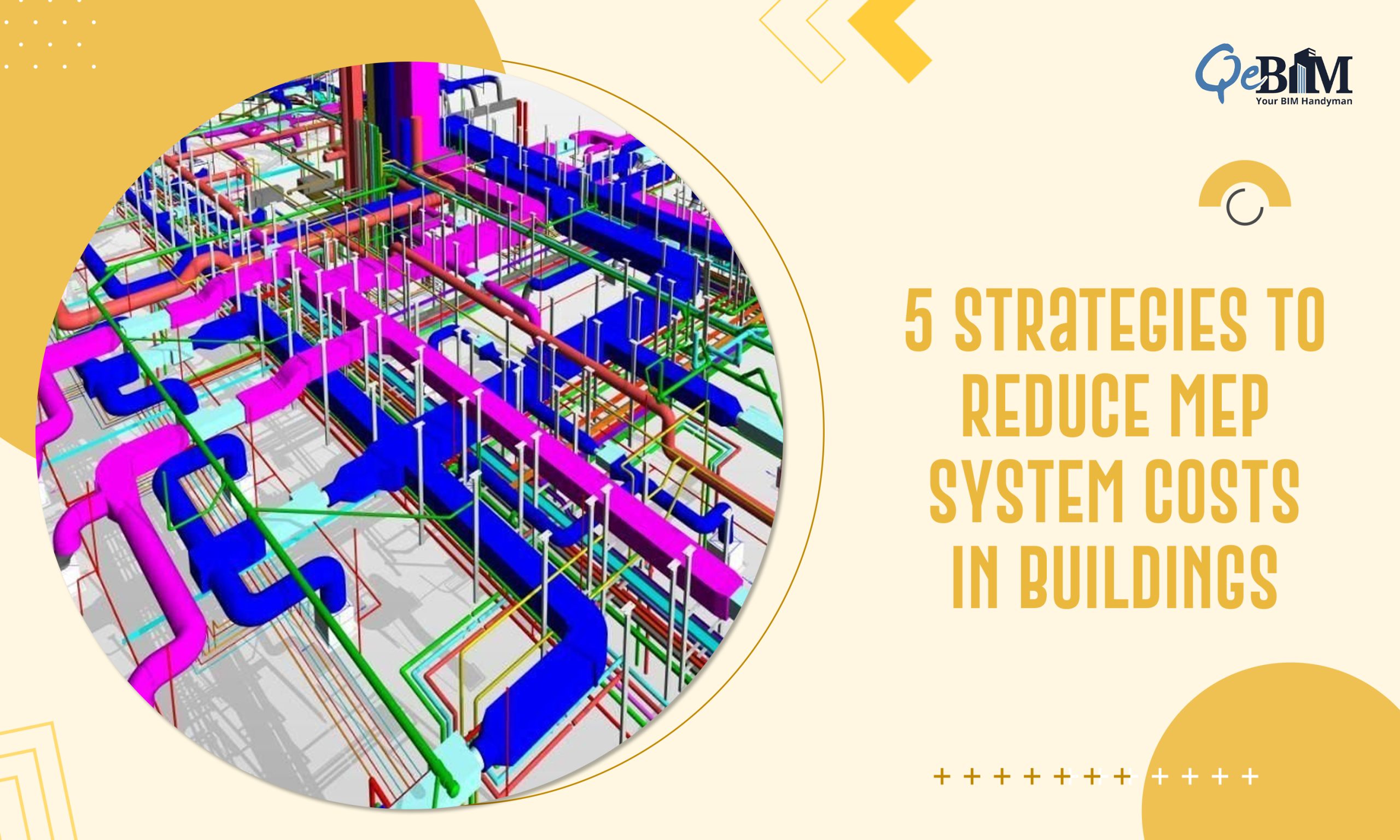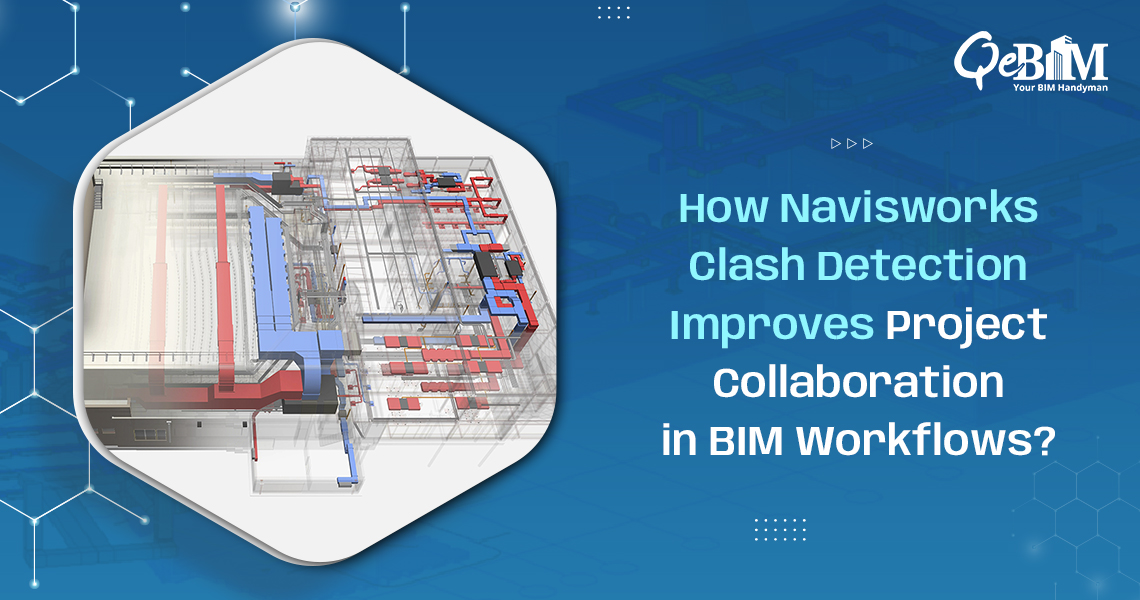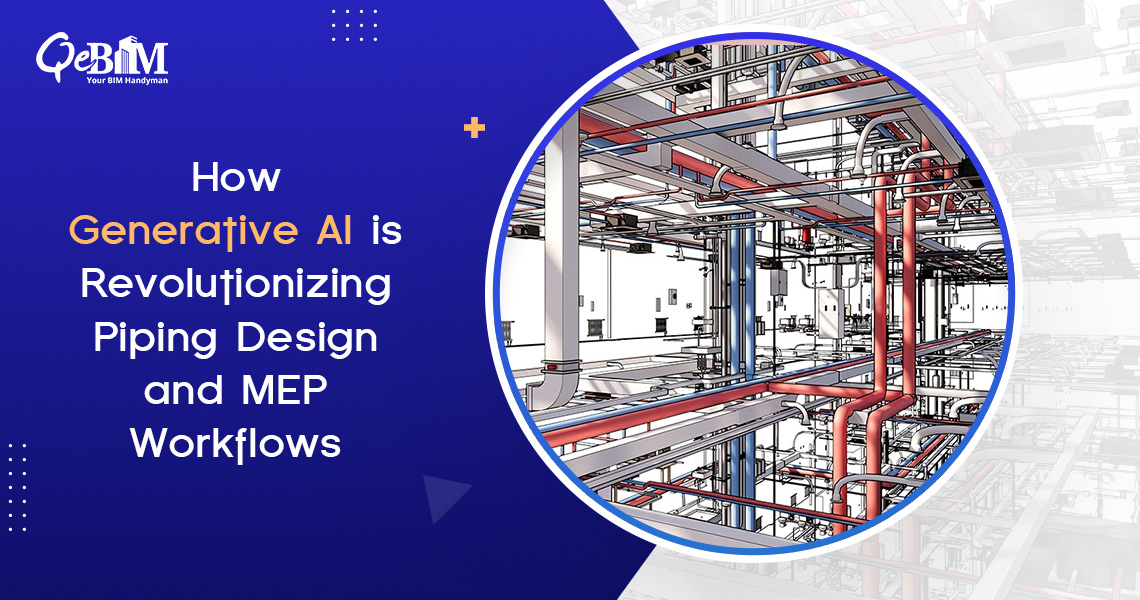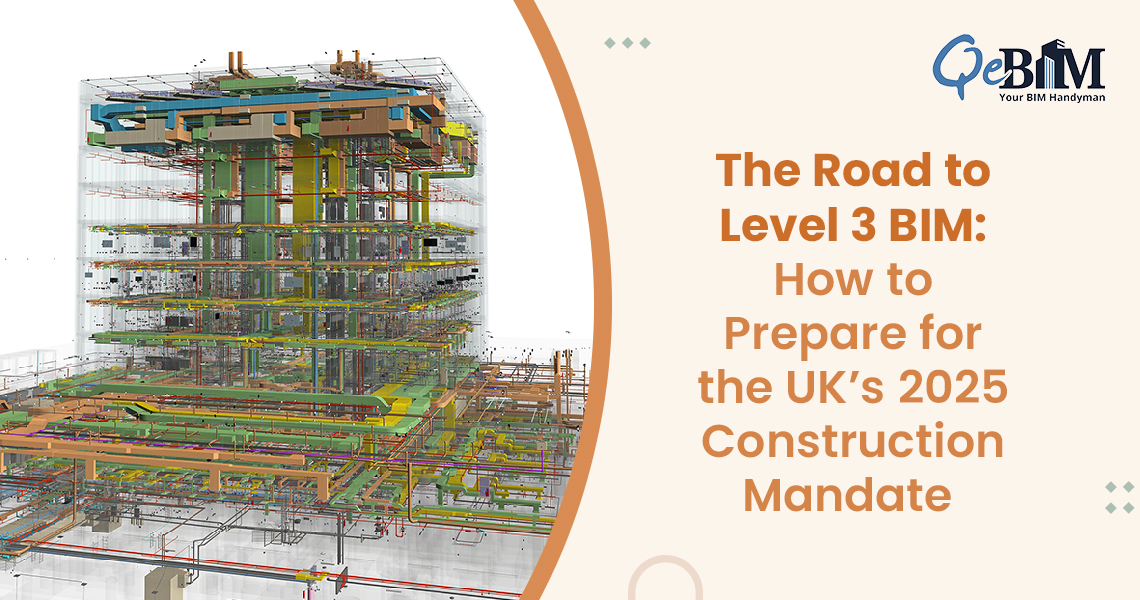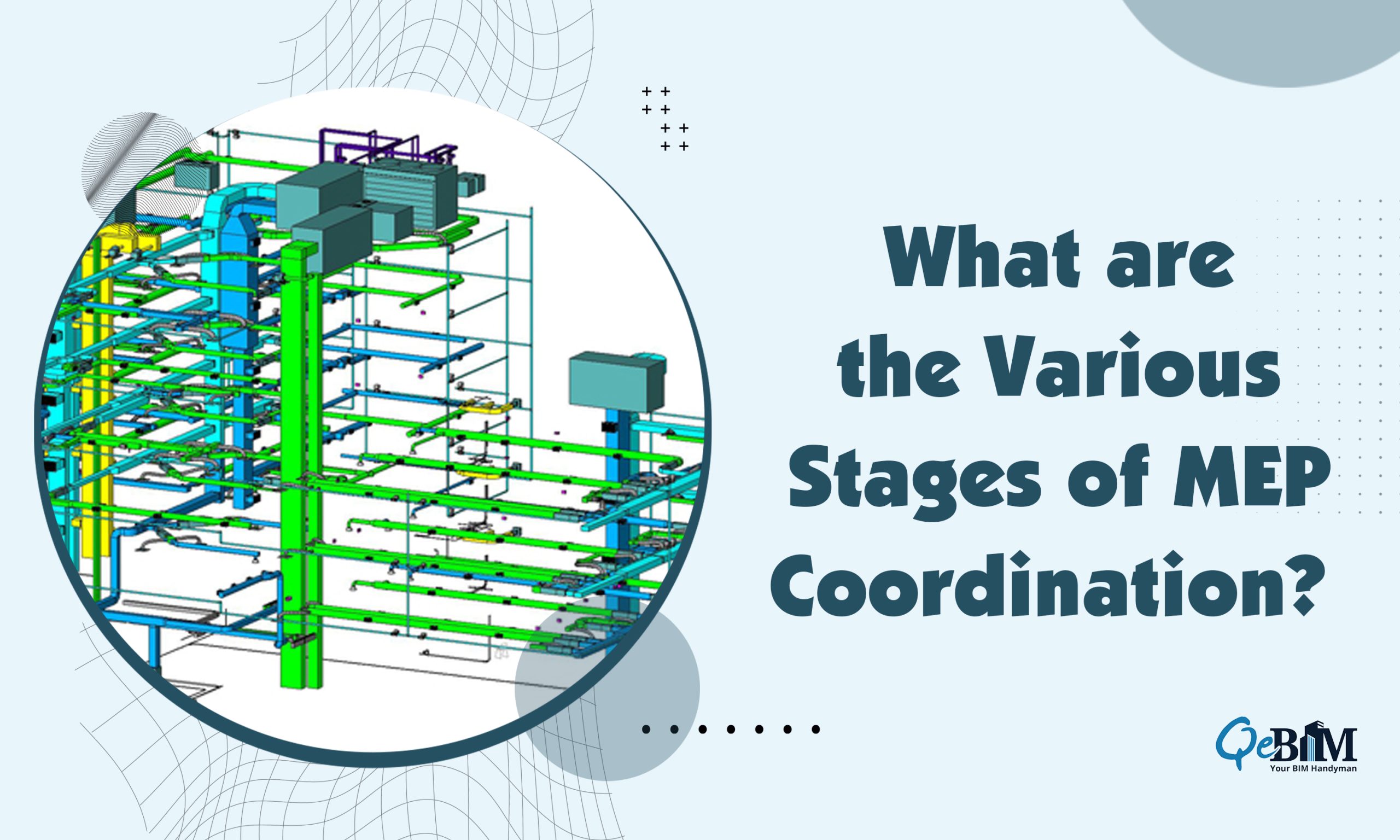MEP systems form the backbone of the modern buildings that ensures the functionality, comfort, and sustainability in the building structure. However, they also represent a substantial portion of construction budgets. For architects, engineers, and developers tasked with designing and constructing buildings, optimizing MEP systems without compromising on quality is a crucial challenge. The goal is to achieve cost efficiency while adhering to the operational needs as well as sustainability practices.
In this article, we will uncover 5 essential strategies to help lower the cost of MEP systems in buildings.
Let’s delve into each strategy in detail to understand how they contribute to cost reduction and operational efficiency in MEP systems.
- Early Collaboration and Integrated Design
One of the most effective strategies for cost reduction in MEP systems is early collaboration among architects, engineers, and contractors. Integrated design approaches, such as Clash Detection Services using BIM, allow stakeholders to identify potential clashes and inefficiencies before construction begins. By addressing conflicts in spatial requirements and system interdependencies during the design phase, costly reworks and adjustments during construction can be minimized. Moreover, involving MEP engineers early in the design process enables them to propose efficient system layouts and specifications tailored to the building’s needs. This proactive approach not only reduces the risk of design errors but also ensures that MEP systems are optimized for both performance and cost-effectiveness.
- Energy Efficiency and Sustainability
Incorporating energy-efficient MEP solutions not only lowers operational costs over the building’s lifespan but also reduces upfront construction expenses. Energy-efficient HVAC (Heating, Ventilation, and Air Conditioning) systems, lighting controls, and plumbing fixtures can significantly decrease the size and complexity of MEP installations while complying with building codes and sustainability standards.Using renewable energy sources, like, solar panels or geothermal systems, can further enhance the efficiency of MEP systems and reduce long-term operational costs. Integrating sustainable practices into MEP design not only aligns with environmental goals but also positions the building for potential incentives and certifications that can offset initial investments.
- Optimized System Sizing and Selection
Overly conservative sizing of MEP systems can lead to unnecessary costs in equipment, materials, and installation. Conducting detailed load calculations and simulations helps determine the precise requirements for heating, cooling, lighting, and water distribution systems based on the building’s occupancy, usage patterns, and climate conditions.By right-sizing MEP systems, engineers can specify equipment and components that are more cost-effective and energy-efficient. This approach not only cuts down initial capital expenditures but also mitigates long-term maintenance and operational costs linked with oversized or undersized systems.
- Material Selection and Standardization
Careful selection of materials and components can have a significant impact on the overall cost of MEP systems. Choosing high-quality, durable materials that demand minimal maintenance can lead to significant long-term savings. Additionally, standardizing components across multiple projects or within a large development can leverage economies of scale and reduce procurement costs.Collaborating closely with suppliers and manufacturers can also lead to innovative solutions and value engineering opportunities that optimize performance without compromising quality. Considering life-cycle costs rather than just initial expenses allows stakeholders to make informed decisions that balance upfront investments with long-term savings.
- Efficient Installation and Commissioning
The efficiency of MEP system installation and commissioning processes directly influences project timelines and costs. Implementing lean construction practices and leveraging prefabrication techniques can streamline installation, reduce labor costs, and minimize material waste. Moreover, thorough commissioning and testing ensure that MEP systems operate at peak performance from the outset, reducing the likelihood of costly rework or operational inefficiencies.Engaging experienced contractors and conducting regular quality inspections during installation can help identify potential issues early on and ensure compliance with design specifications. Investing in training for maintenance personnel also enhances system reliability and longevity, ultimately reducing lifecycle costs associated with repairs and replacements.
Conclusion
Lowering the cost of MEP systems in buildings requires a holistic approach that integrates efficient design practices, sustainable solutions, optimized sizing, smart material choices, and streamlined installation processes. By prioritizing collaboration, innovation, and long-term value, stakeholders can achieve cost savings without compromising the functionality, comfort, or sustainability of MEP systems. Embracing these strategies along with accurate MEP BIM Modelling Services not only benefits project budgets but also contributes to creating buildings that are efficient, resilient, and environmentally responsible.
By implementing these five tips, architects, engineers, and developers can navigate the complexities of MEP system design and construction with confidence, ultimately delivering high-performance buildings that meet both economic and environmental objectives.
